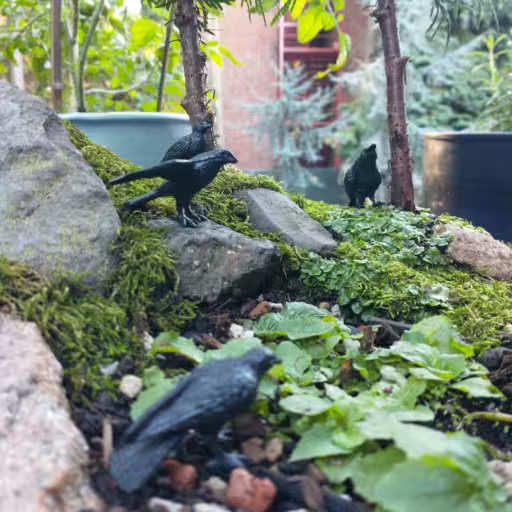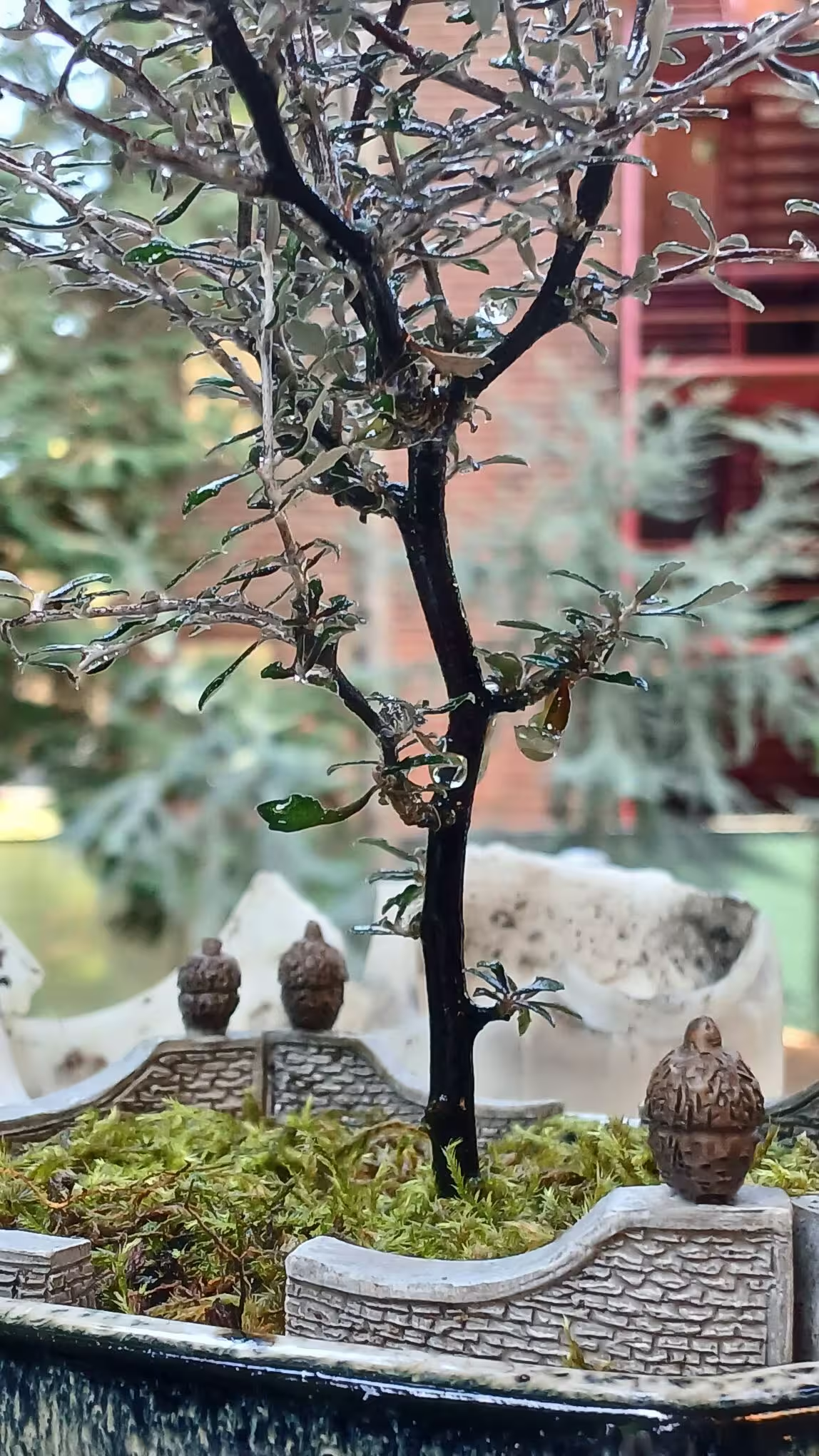October is here, and soon we’ll be celebrating Samhain, the mid-autumn harvest celebration of the Celts. As the days grow shorter and colder here in the northern hemisphere, those of us above the 45th parallel in particular start to see our precious sunlight reduced to nine hours or less! It’s a season of change, honoring the death that must occur before the rebirth of life in Spring, as well as honoring the ones we’ve known that have passed away. It is a time of reflection and patience, a time when some believe the boundaries between this world and the next are at their most rarefied, and a time to make grand plans for the coming year. It is a time to focus ourselves on other hobbies and crafts, as well as increased meditation and prayer to overcome the inevitable seasonal affective disorder (so, so SAD).
I often feel sad during this change, as nothing seems to grow, the sun is barely visible, and strong winds and rain make walks and bike rides not as fun as during the spring and summer. But roots are always growing beneath the surface so that hope can one day poke its little head out. During this time, we can grow our own roots through learning about new skills, recipes, and exploring other crafts and activities that bring joy into our lives. Life goes through cycles for all of us, and the Earth has experienced these cycles for eons.
With the coming of winter comes the work of wintering-in the garden to keep the trees and perennials alive through the cold season. Winter is actually great for plants. Annuals have completed their life’s mission by producing seeds, and now begin to die and decay, making way for their successors to grow in their place. Bonsai trees are often either evergreen or deciduous, which means they need to experience the cold temperatures of winter in order to get some much needed rest and be replenished for more growing next spring. Deciduous trees will shed their leaves, carpeting the ground below them with their offerings, while evergreens, true to their name, stay green all year round. Both types of tree, however, still require the rest and relaxation winter offers.
Once again, the best thing about growing in pots is that they can be easily moved. It seems that I move and rearrange my collection at least quarterly if not more often. This time, I will still leave them uncovered to catch the winter rains of the Pacific Northwest, but when temperatures drop low enough to make freezing rain or even snow, I will move them somewhere out of the precipitation so I can help keep the roots protected. My back porch garden area is also fortunate enough to have low walls that I can hide my collection behind so they will be safe from the strong gorge winds that occur during this time of year. Some of these winds are so strong, I’m afraid they may physically rip my trees from their pots.
My large canvas pots, containing my roses Heart of Portland and Honor along with my Alberta Dwarf Spruce that I use as my Yule tree, are easy to take care of in this situation; simply cover the soil in each pot with a few inches of bark mulch to keep them insulated and warm. They will stay on milk crates so that the bottoms of their canvas pots can stay aired out and mold free. I will need to trim the roses back a good bit so they can regrow next year, and my spruce will hopefully continue to heal from the exposure to the heat wave we had during the summer.
I will do the same for my bonsai collection. I plan to use a large plastic tray which I will drill some drainage holes into the bottom. I’ll place the tray on top of milk crates, once again to keep things off the much colder ground and give room for air to move, which will help prevent mold and mildew buildup. The planters will then be completely buried in bark mulch so help insulate them from the cold. Of course this means that all of the little miniatures that I adore must be taken down and kept safe until they too can remerge in the spring. I’m looking forward to making a small scene with the miniatures somewhere in the house. When my model train makes an appearance under the Yule tree, perhaps I will use them to make a small village along the tracks.
Indoors, I keep my plants and bonsai away from any heater vents that would burn my plants to death. I will also adjust the timers on my grow lights to more mimic the loss of sun during the winter season. Most of my plants outside will remain outside, regardless of the temperature, as I’m afraid the ‘shock’ of moving into a dryer, heated indoor area would hurt them more than the freezing temperatures. Again, I will move them under cover when there is danger of freezing rain or snow so that they are not covered in ice. I do have a couple of perennial flowers, such as a hardy fuschia, that I may bring inside if things get too cold.
I’m not afraid of the coming cold season. Most of my trees were bred for this kind of weather, with many of them being Pacific Northwest varieties or evolved along similar latitudinal lines. As taught to me in the past year, heat is something to worry about more than cold, especially with the mild winters we enjoy here in Oregon. With a little planning, and some work when needed throughout the season, I’m confident my trees will survive the winter.
Now, next summer on the other hand…

